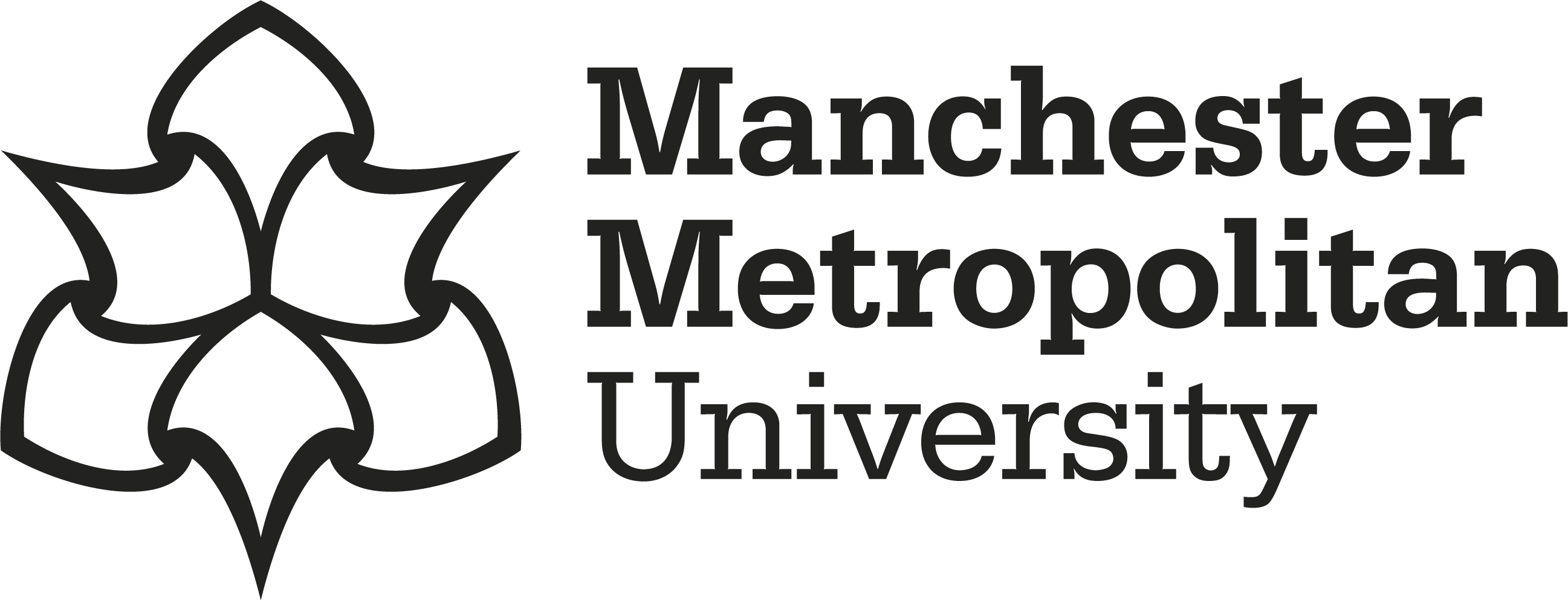Sefton-Green, Julian, Marsh, Jackie, Erstad, Ola and Flewitt, Rosie 
|
Published Version
Available under License In Copyright. Download (6MB) | Preview |
Abstract
This paper outlines the context and research questions behind a Europe-wide project investigating young children, digital technologies and changing literacies. See hhtp://digilitey.eu. There are important gaps and inconsistencies, structural inequalities and divergences in any sense of wholesale change across the countries of Europe. Whilst it's true that a child born in any affluent city in Europe in 2015 may come from a family immersed in digital technology, constantly connected to the Internet with every member of the household possessing a smart phone, tablet, with PCs, smart televisions in the home and schools awash with smart boards, 100% Wi-Fi coverage and so forth, we also know they will have classmates with very different experiences of the digital. Poorer families may well only have access to the Internet via a smart phone, of which there may be only one in the household and reliant on precarious pay-as-you-go tariffs. For that child, school may be the portal to the digital century. Nevertheless, we know that families with young children are more likely than families without children to be Internet enabled, that children over the age of eight are more than likely to have their own smart phone, and that the houses where they live will have several ways of accessing the online world with many children using more than one device, be they tablets, consoles or computers. Whilst categorically asserting that this, now, is the digital generation will therefore always require important caveats and disclaimers, we can say that everyday use of digital technologies is the norm. Young children, the subject of our study are, to a hitherto unknown degree, growing up immersed in and surrounded by digital devices and forms of communication right across Europe. What does this mean for everyday life, for learning, for families and for the future?
Impact and Reach
Statistics
Additional statistics for this dataset are available via IRStats2.


